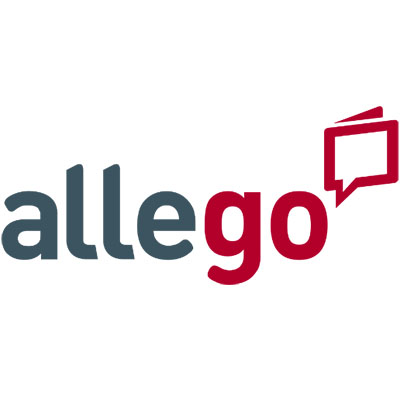ATD Blog
Informal Learning: Use Agile Content to Stop, Collaborate, and Listen
Mon Feb 03 2020

Though we’re not always conscious of it, we benefit from informal learning every day—in our homes, workplaces, and on the road.
Much of informal learning is driven by mobile devices. For example, we use Yelp to find restaurants when on vacation and YouTube when we want tips for fixing a flat tire. Learning and readiness in our lives outside of work often feels like it’s peer-driven, happening just in the nick of time, and totally informal.
Surprisingly, many sales organizations have yet to harness the power of this kind of learning at work. Although research shows that 90 percent of employee learning occurs through informal means, the average company devotes the majority of its training resources to classroom-based, formal training sessions.
Creating order from chaos
There are two main reasons for this. For starters, many companies still cling to a desktop (rather than mobile) worldview. In addition, many haven’t figured out a way to bring order to chaos. In other words, they are unsure about how to transform those random teachable moments into a more structured program.
An agile approach to informal learning empowers sales trainers, managers, and reps to create learning content themselves, such as bite-sized videos that are easy to produce, access, and digest anywhere, anytime. With agile approaches, users also receive built-in tools to help implement a formal process for distributing and prioritizing the content, as well as monitoring engagement with it.
Suddenly, a frenetic galaxy of randomly occurring “Eureka!” moments becomes a manageable informal learning program.
What makes for agile content?
Informal learning is predicated on agile content. This means highly engaging and valuable information that sales enablement professionals, managers, marketing and product experts, and especially the sales reps themselves can quickly—and easily—produce.
Often, the best videos are two to three minutes in length and made by reps who’ve just scored big wins and are eager to share their approach to success. Other helpful videos are produced by reps who’ve encountered a new customer objection or learned of a competitor’s new product.
These videos can serve as an effective crowdsourcing technique, allowing a rep to solicit advice and expertise from a wide array of peers. A rep who just encountered a sudden change of plans before an important call might even duck out to make a quick video requesting emergency advice, and then return armed with peer reviewed responses.
Creating a video
The process of creating a video can be as simple as pointing a smartphone in your direction and pressing record. And creating something more compelling is almost as simple.
Let’s say you’re a product-marketing professional in an organization supporting a sales team, and you’ve learned that a key competitor has turned off half the functionality on their mobile app. To share this news and analysis to the team, just open up your smartphone or tablet. With one click, you can select text, slides, or other collateral to include with the video. With a couple more clicks, you stop recording and share the video with your team.
Once the video is shared, everyone on the distribution list immediately receives a push notification on their mobile devices with a link to the video. In turn, you receive confirmation that the message was delivered. From there, you sit back and watch as reps and managers engage with the content on their mobile devices—watching the video, “@mention”-ing one another within it, and posting comments and discussion threads right within the timeline at specific points throughout.
From there, the software surfaces the relevant content and insights that came out of this impromptu collaboration and makes them available for others to learn from in the moment of need based on the specific attributes of the deal they are currently pursuing.
If you want to learn more about the benefits of this sort of informal learning strategy, be sure to attend one of my sessions, How Agile Learning Kicks Sales Performance Into High Gear, at the ATD TechKnowledge Conference. I’ll be presenting on February 5 at 11:30 a.m. and February 6 at 10:15 a.m. on the Advance Stage at the TK Playground. Stop by to discover the strategies and technologies to empower your team with agile content and learning to more efficiently close deals in today’s dynamic selling situations.
You've Reached ATD Member-only Content
Become an ATD member to continue
Already a member?Sign In

